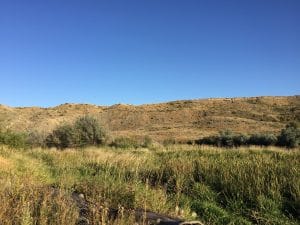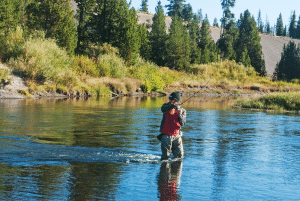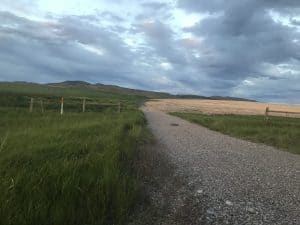
With the Interior Department actively rolling back the plans, Governor Bullock and the state of Montana have stepped up to implement the conservation strategy to preclude the need for federal Endangered Species Act protections. By taking an “all hands” approach, Montana has enlisted industry, private landowners, federal land management agencies, land trust organizations, hunters, and conservationists to work collaboratively to balance development with conservation through the mitigation hierarchy, creating incentives for private land stewardship. This ensures the best outcomes for all Montanans.
Governor Bullock has been a champion for protecting the plans because they play a critical role in protecting Montanan’s way of life and help support landscapes that generate more than $1 billion in economic output annually. Bullock’s leadership has been incredibly important against Zinke’s attacks on the plans.
The strategy used to conserve the greater sage grouse is one of the largest and latest in a long line of ESA success stories. But Secretary Zinke continues to actively attack these plans. Later this fall, a final Environmental Impact Study will be published on Zinke’s proposal to dismantle the sage grouse plans. If Sec. Zinke follows through on his dangerous proposal, he will be blatantly ignoring the years of work and the input of hundreds of thousands of stakeholders who have made it clear throughout several public comment periods that they want the plans to stay in place so they can continue working. Now is the time for Governor Bullock, Western leaders, and sportsmen to redouble their calls to keep the 2015 plans. We need our leaders to stand against the actions that weaken the plans that play a critical role in keeping the sage grouse off the Endangered Species List.





